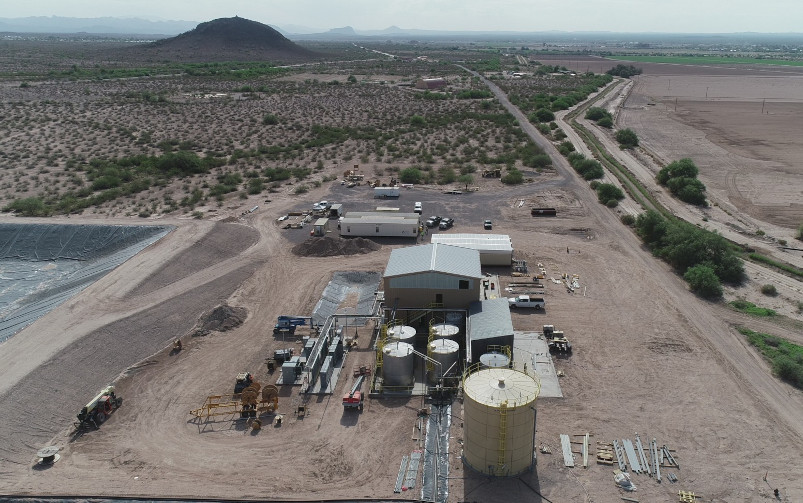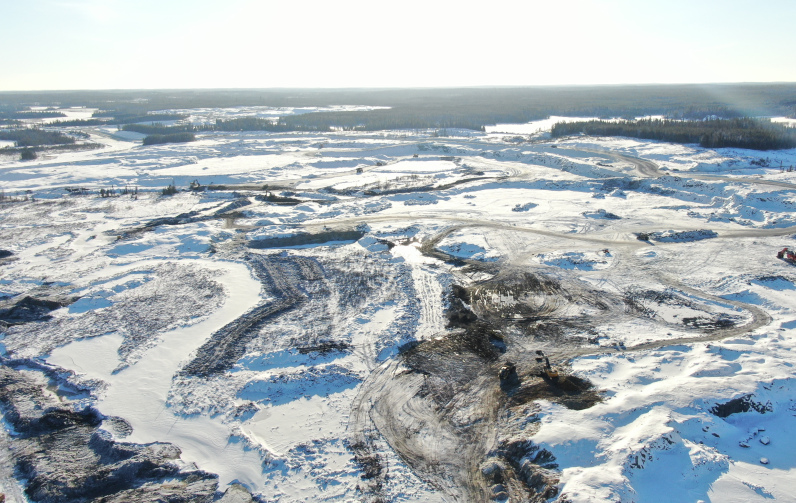Given the exploration sector’s performance last year, Kevin Murphy, principal analyst at S&P Global Insights, finds reason to be optimistic for 2022. “You can see that we've come a long way from the pandemic lows and have gone well up above there, so the industry is in a fairly good place overall,” he said, speaking at the discussion group hosted by the Management & Economics Society of CIM on March 30.
Murphy delivered a presentation on global exploration trends and the sector’s projected outlook for the current year. Using exploration budgets from companies across the world, he presented his insights on how spending is affected by metal prices.
In 2021, exploration budgets increased by 35 per cent to a total of $11.2 billion. While the figure is 45 per cent below its last peak in 2012, Murphy nevertheless said the increase was heartening. In fact, he did not expect figures to get back in the 2012 range despite the prices now exceeding what they were then. “The industry sort of had its knuckles rapped by investors following the 2012 crash,” he said.
When looking at budget per commodity, Murphy pointed out that gold was the metal dominating the exploration focus, accounting for 55 per cent of budgeting in 2021. Copper also performed quite well, with zinc and diamonds underperforming. Lithium and cobalt were lackluster exploration commodities last year following the weaker prices of late 2020 and early 2021, although lithium is expected to pick back up this year.
Drilling was up 68 per cent last year with 70,000 drillholes accounted for, representing a 172 per cent increase from the 2014 low of 25,400 holes. Murphy further added that gold has also been dominating the lion’s share of drilling, accounting for 71 per cent of it over the past eight years.
Related: Nickel, cobalt and lithium continue to benefit from electric vehicle demand
Tackling the questions of who did the exploration and where, Murphy indicated that major miners continued to be responsible for the bulk of exploration despite the junior sector’s 62 per cent budget increase in 2021. Geographically, the most notable movements in exploration budgeting were a three per cent increase for Canada and a two per cent decrease for the whole of Africa, where key countries like Côte d’Ivoire and the Democratic Republic of Congo affected the trend.
A big concern that Murphy pointed to is the trend away from grassroots exploration over the past five to 10 years. This is a problem, he explained, given the mismatch between copper supply and demand if the lack of discoveries remains ongoing. “Once we get to around 2026, we're looking at a problematic situation where we are relying on those [existing] assets [and] that we're not confident [in our ability] to maintain supply to meet demand,” said Murphy.
As for the 2022 outlook, financing has so far this year not been up to par with last year’s “huge jump,” according to Murphy. “We are definitely watching [this], as this is the time of year that a lot of juniors tend to hit the market for their summer programs, especially in Canada,” he said.
Nevertheless, Murphy was cautiously optimistic. He predicted that continued strong metal prices should stand to benefit the exploration sector and that global exploration budgets will likely increase by around five to 15 per cent this year. Murphy expected that gold would remain the primary target of exploration, with good movement on energy metals such as lithium, nickel and uranium.



